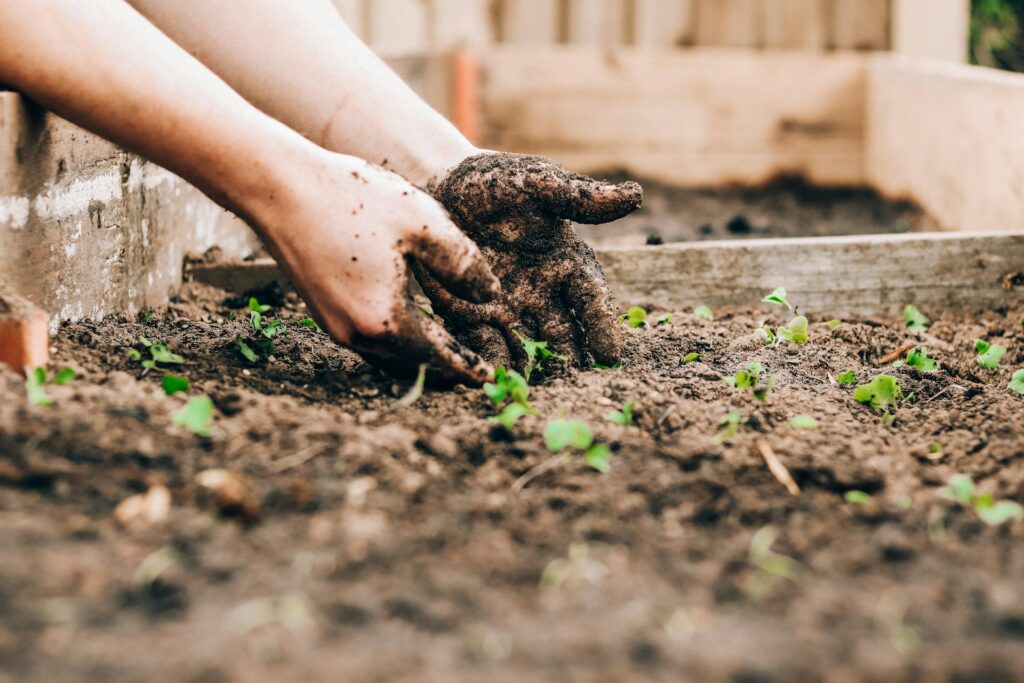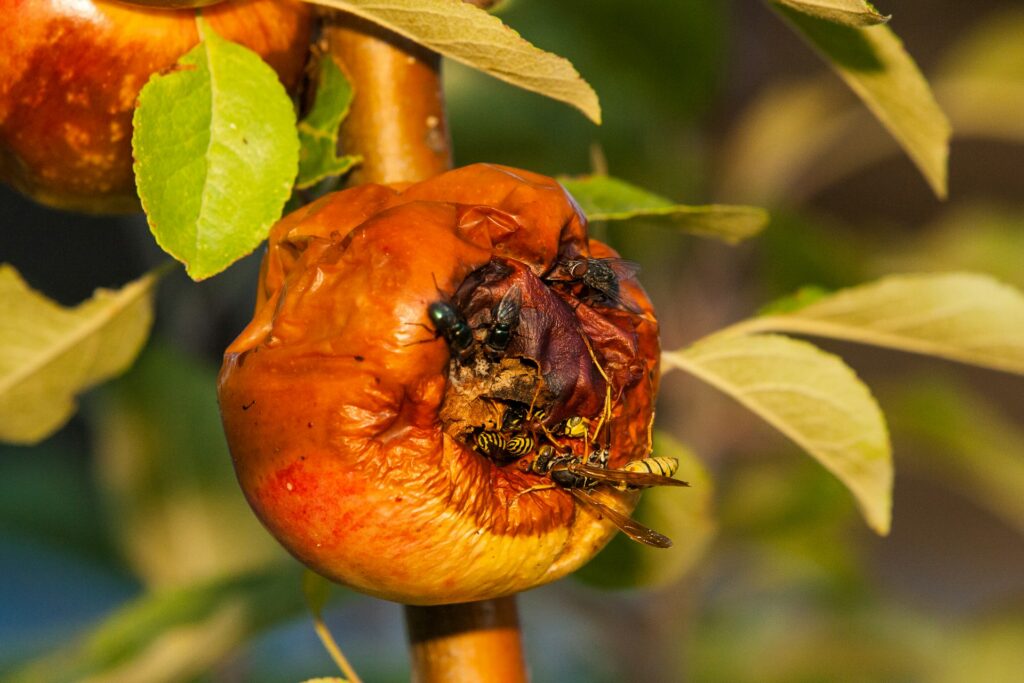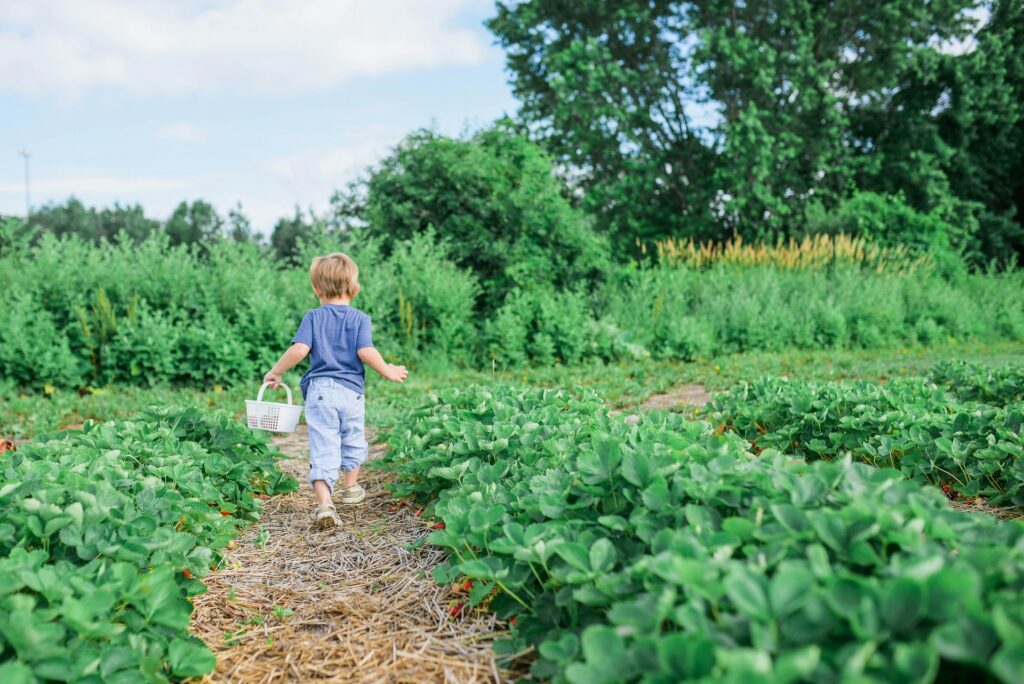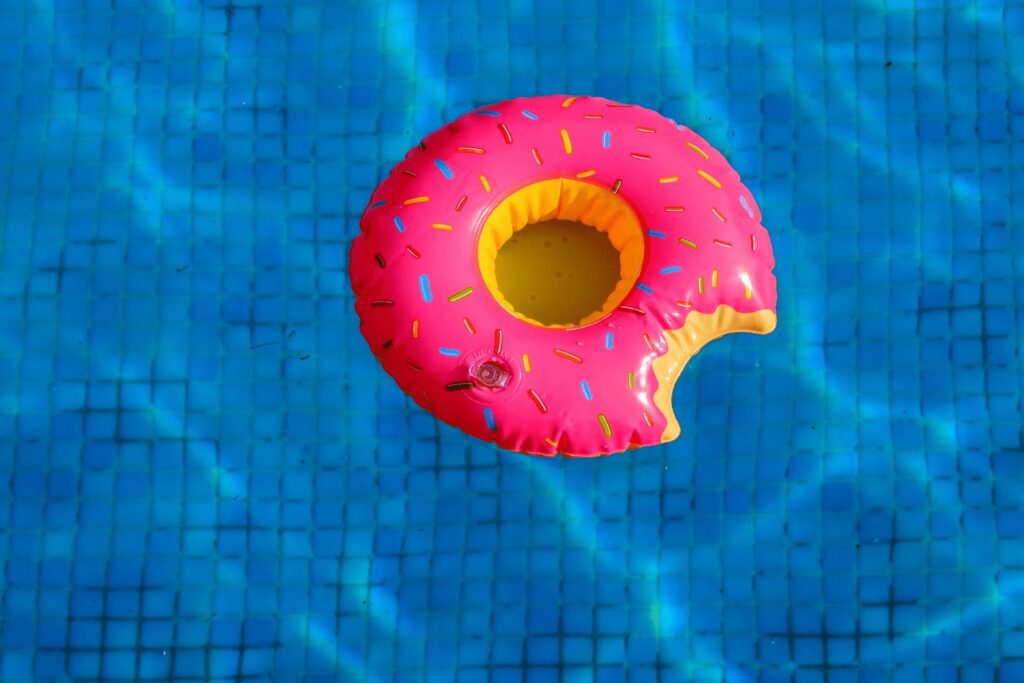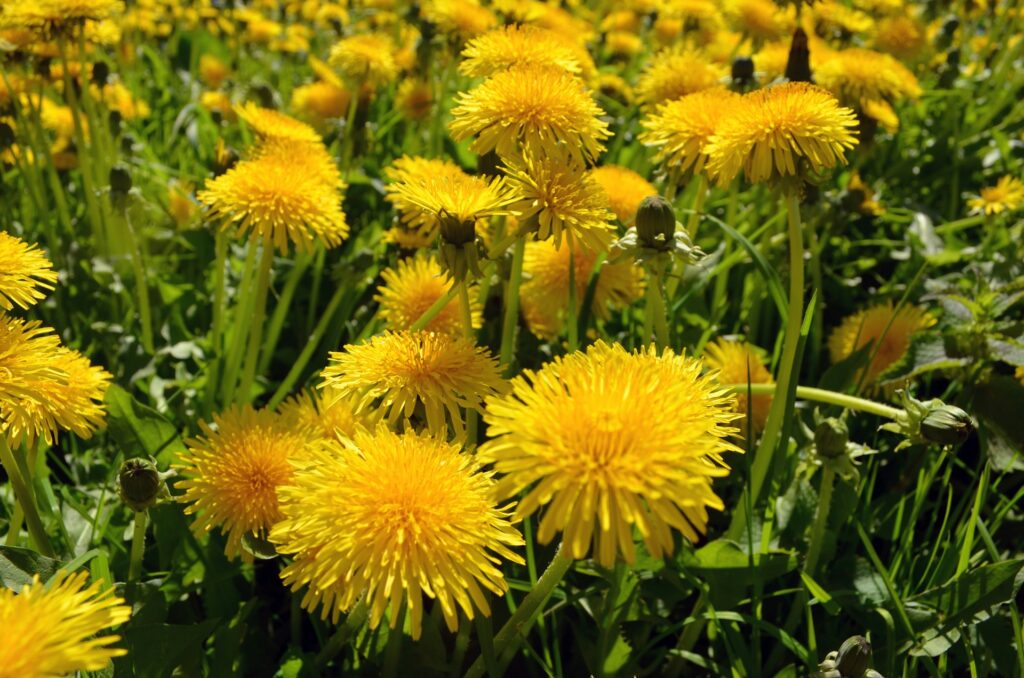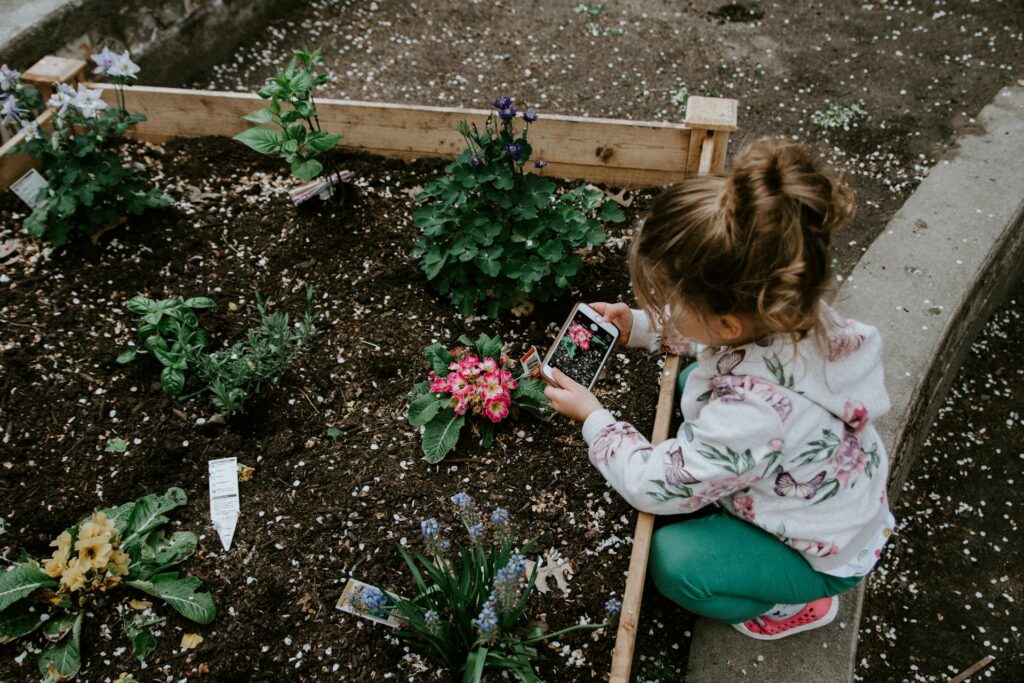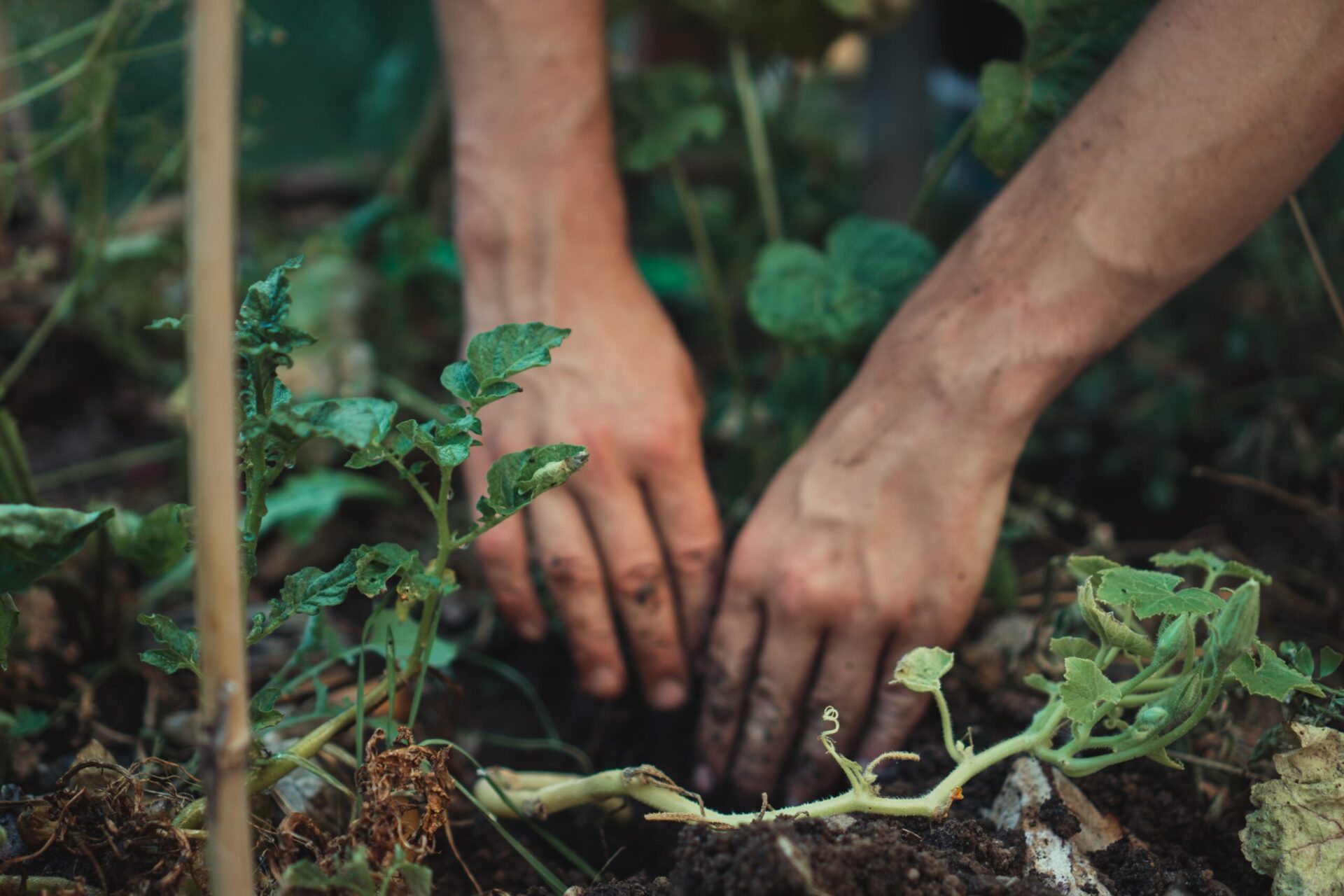
We are reader-supported. When you buy through links on our site, we may earn an affiliate commission.
You may walk out your front door daily, look at your yard and see the potential. If given proper attention, the empty expanse of grass could start feeding your family. The question remains — is it possible?
It’s hard to know what lies under the grass blades and if the soil would be suitable for gardening. From testing soil to harvesting table-ready produce, your yard may be a candidate for you to hone your gardening skills.
How to Test Your Yard’s Soil
There is plenty to consider — acidity, the ability for the soil to drain and what is and isn’t native to your region. But the first step in any garden analysis is ensuring the soil is safe. Are there harmful chemicals embedded in there or pollutants from runoff? These contaminants, if left unchecked, could seep into your harvest.
Usually, tests go as follows, however different resources may have variations:
- Take a soil sample by removing excess plant trimmings. If doing a large area, it may be good to take samples from different locations, placing them in separate containers for analysis.
- Dig deep — around eight inches to create an angled hole.
- Take a one-inch section from top to bottom of your hole. Then, take a one-inch section from the center of that slice as your soil sample.
- Store it in the appropriate sterile environment to send to testing.
The proper protocols for testing your soils are in the USDA’s soil quality test kit guide, which provides extensive resources and test options. They supply soil test kits which can be sent directly to them for assessment.
You can also contact your local county extension office, staffed with local experts. They have knowledge regarding local crops, landscaping, pests and other valuable areas to assist in keeping your front yard garden in tip-top shape.
How to Read the Results
Reading the results may feel like reading a high-school chemistry textbook. Still, most provide adequate and accessible explanations of each chemical and how it affects soil quality. Most soil tests analyze levels of acidity (pH) and major elemental components.
Acidity Levels (pH)
Gardens crave a pH of around 6.0 to 7.0 — this is primarily neutral. However, some plants prefer more acidic conditions in the 5.0 or less range, like blueberries. Plants in too acidic or alkaline conditions will not consume the nutrients needed to flourish. Adding calcium carbonate for acidic soil and sulfur for alkaline soils can help adjust to the necessary levels.
Nitrogen
Nitrogen levels are essential for gardening knowledge because it helps a planter determine the level of fertilizer and compost needed for their crops. Stunted roots and foliage overgrowth all contribute to high nitrogen levels, which you can mitigate with carbon-soaking materials like sawdust and sugar.
Phosphorus
The reason phosphorus is so crucial for the soil in your yard to be OK for gardening is that it stores and transfers energy made by photosynthesis. For quick maturation and disease resilience, adequate phosphorus levels are critical. Resources like bone char are heavily in phosphorous if your soil needs an extra boost.
Potassium
Without adequate potassium, your plants’ roots will not grow and will not retain water. Since it helps with water distribution, it is necessary for proper flowering. A potassium deficiency will make plants wilt, have small roots and potentially lose leaves. Review your soil test results to see how to add it back to the soil with supplements like greensand.
Though these are the top priorities of most soil tests, other factors may influence the results, such as:
- Calcium and magnesium levels
- Presence of metals
- Drainage ability
- Toxic elements like pollutants
How to Further Prepare the Garden
What if the soil results came back with less than desirable readings? There may be too many contaminants than what’s currently safe for planting food you intend to eat. Fortunately, this is manageable with a bit of care and creativity.
Depending on your region’s season and ecological conditions, budding gardeners want to determine what produce to grow. This will keep healthy soil long-term as certain plants will only sap your yard of nutrients. Some vegetables are easier than others, so ensure continued motivated success by planting smartly.
There are plenty of treatment options, including chemical oxidation to convert soil and soil washing to remove contaminants. However, you can also dilute contaminants with compost with a process known as bioremediation — this uses microorganisms to degrade harmful substances.
Compost is full of nutrients that act like a medicine to strengthen the quality of your soil. This won’t work if chemicals have permanently altered the soil’s composition.
As a last resort, professionals are available to remove tainted soil and provide a healthy replacement.
Start Gardening in Your Yard
Now you know the soil in your yard is OK for gardening. You have tested your soil and understand what each elemental quality means for your produce’s health and wealth. With patience and consistency, tomatoes and peppers can eventually flourish in your garden for your friends and family to enjoy.




